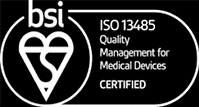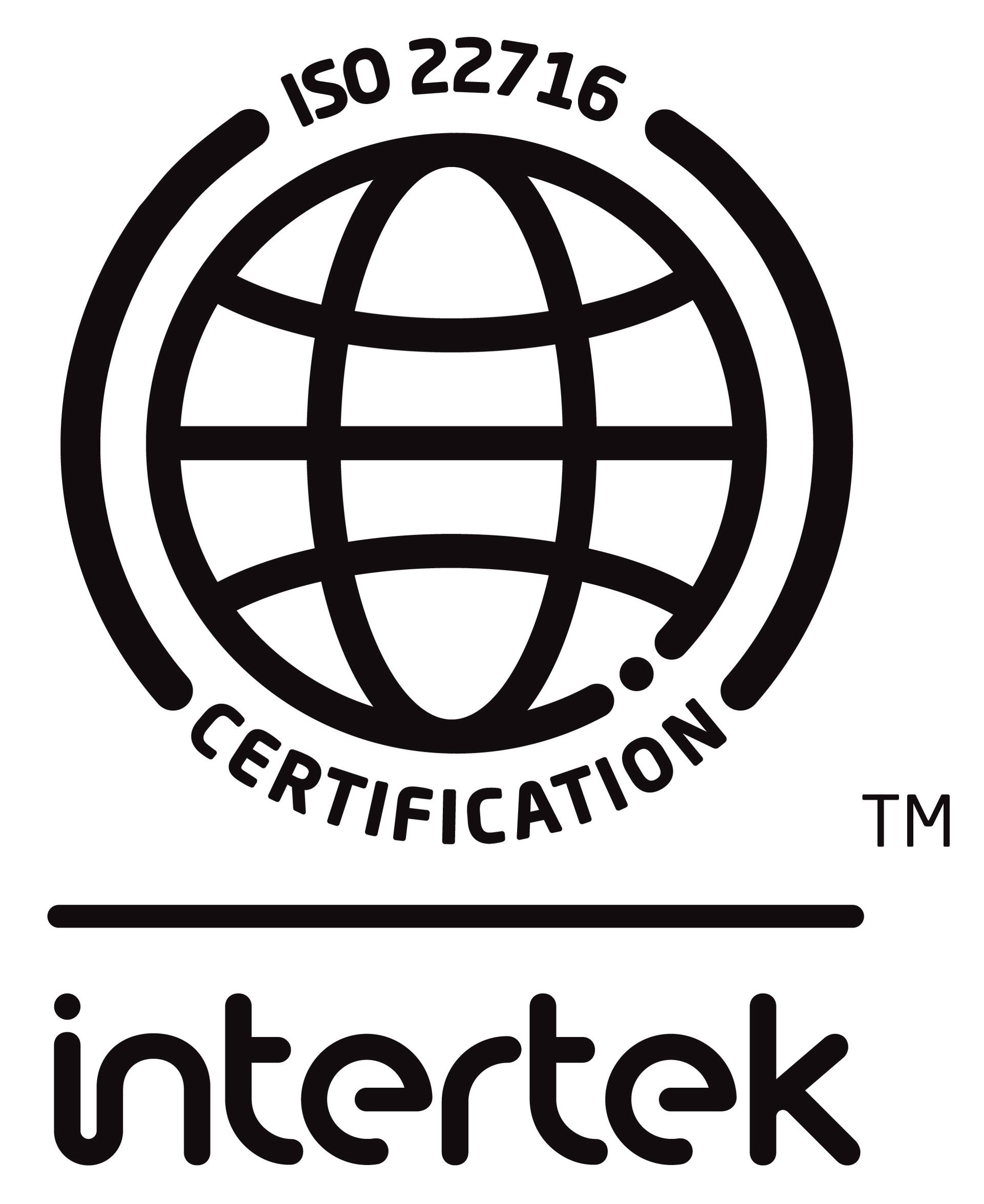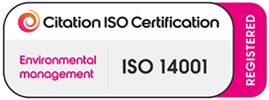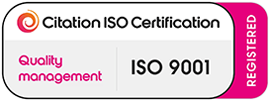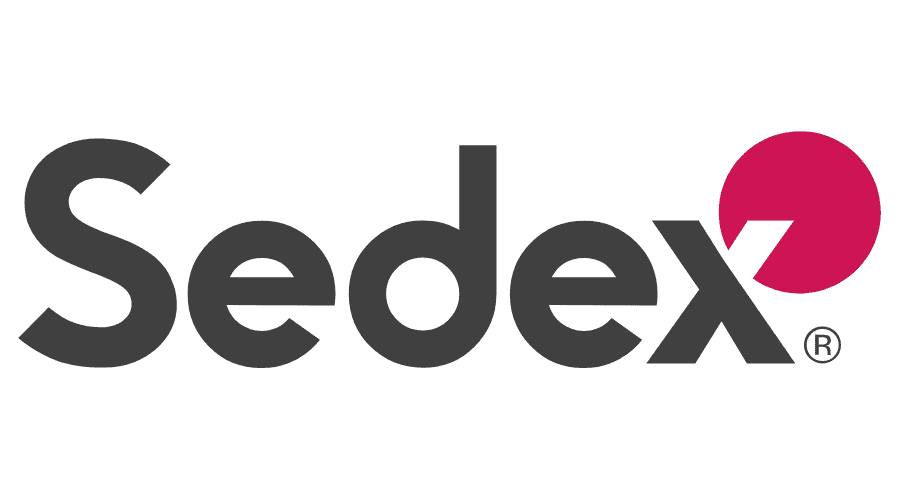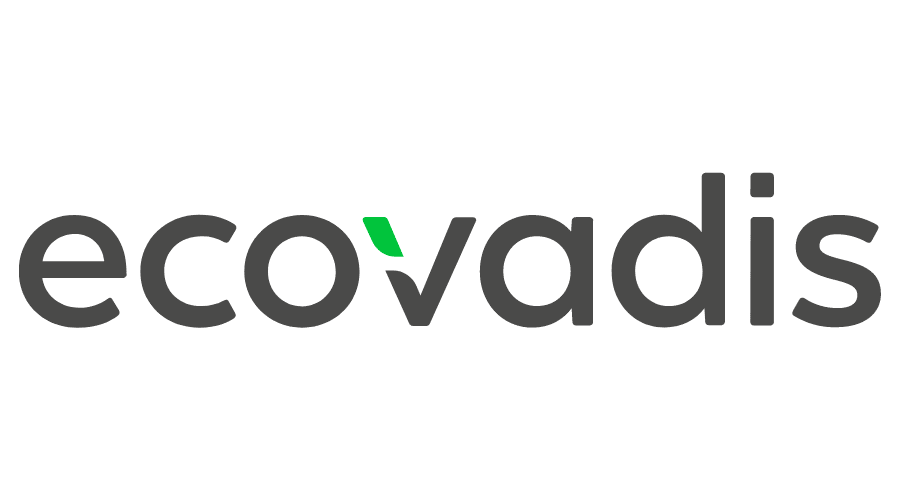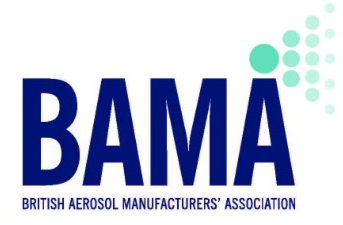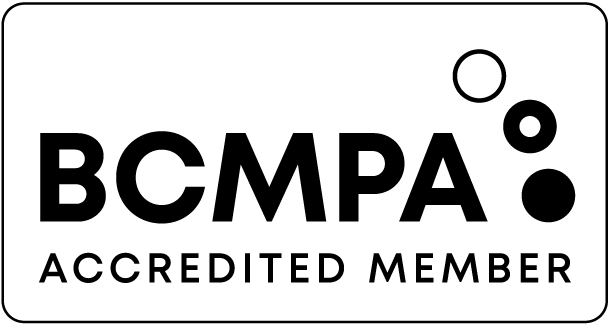A Complete Guide to Aerosol Propellants: Butane, DME, HFO-1234ze & More
What Are Aerosol Propellants?
Aerosol propellants are the driving force behind any spray product, responsible for delivering the contents of an aerosol can in a fine, controlled mist or stream. These propellants are typically gases stored under pressure which, when released, carry the active ingredients out of the container. Without them, aerosol products—ranging from deodorants and air fresheners to paint sprays and industrial cleaners—simply wouldn't function. Propellants come in two broad types: liquefied gases and compressed gases, each with distinct properties suited to different applications.
Types of Aerosol Propellants
Hydrocarbons: Butane, Propane & Isobutane
Hydrocarbons are the most commonly used aerosol propellants due to their affordability, availability, and compatibility with a wide range of formulations. Typically a blend of butane, propane, and isobutane, these propellants offer consistent pressure and effective product delivery. They are ideal for use in personal care products, air fresheners, lubricants, and paints. However, their flammability must be managed carefully during production and storage.
Dimethyl Ether (DME)
DME is a versatile, moderately flammable propellant valued for its excellent solvency, making it suitable for water- and alcohol-based systems. With low odour and good spray quality, DME is often found in hair sprays, insecticides, industrial cleaners, and adhesives. Its ability to dissolve many active ingredients also allows for a more stable formulation.
Hydrofluorocarbons (HFCs): HFC-152a
Once popular for their low odour and relatively non-flammable properties, HFCs like HFC-152a are now under scrutiny due to their high global warming potential (GWP). While still used in specific industrial and pharmaceutical applications, HFCs are being phased out in many regions in favour of more sustainable alternatives.
Hydrofluoroolefins (HFOs): HFO-1234ze
HFO-1234ze represents the next generation of environmentally responsible propellants. With an ultra-low GWP and non-flammable characteristics, it is ideal for use in products where safety and sustainability are paramount. HFO-1234ze complies with stringent F-gas regulations and is increasingly adopted in technical and high-end aerosol applications.
Compressed Gases: CO₂, N₂ & Nitrous Oxide
Unlike liquefied gases, compressed gases like carbon dioxide, nitrogen, and nitrous oxide do not condense under pressure but provide propulsion through expansion. They are used in niche applications such as food aerosols, pharmaceutical sprays, and foaming products. While non-flammable and inert, they offer less consistent pressure over time compared to liquefied gases.
Application-Specific Considerations
Each product category demands different performance characteristics from its propellant:
- Personal care: Requires skin-safe, non-irritating, odour-neutral propellants like isobutane or DME.
- Household products: Use hydrocarbons or compressed gases depending on formulation compatibility and spray style.
- Food aerosols: Must use food-grade, non-toxic compressed gases like nitrous oxide.
- Pharmaceuticals: Require propellants with proven safety profiles and minimal reactivity.
- Industrial products: May need higher pressure systems using hydrocarbons or HFOs for more viscous content delivery.
Understanding these needs helps manufacturers balance cost, performance, and compliance.
Choosing the Right Aerosol Propellant
Selecting the ideal propellant involves evaluating multiple factors:
- Solubility: Will the propellant mix properly with the formulation?
- Spray characteristics: Does it produce a fine mist, foam, or strong stream?
- Flammability: Is the formulation safe under normal use conditions?
- Cost and availability: Can it be sourced sustainably and affordably?
- Environmental impact: Does it meet regulatory and sustainability requirements?
This is where formulation expertise becomes critical. Hydrokem’s in-house team offers tailored guidance to identify the best-fit propellant for every project. For a step-by-step overview of the process, see our Lifecycle of a Private-Label Aerosol page.
Innovation in Propellants & Smart Aerosols
The drive for sustainability and performance has led to rapid innovation in the aerosol industry. Hydrokem is actively involved in developing smart aerosols using IoT, data tracking, and advanced formulation tools. Visit our page on Smart Aerosols & Industry 4.0 to learn how innovation and sustainability can go hand-in-hand. Propellant blends are being optimised not just for spray quality but also for lifecycle performance and environmental safety.
Hydrokem’s Expertise in Propellant-Based Formulation
As a specialist contract manufacturer, Hydrokem offers:
- Custom-blended aerosol propellants for precise formulation control.
- End-to-end support from development through filling and compliance.
- Safety-first processes that comply with ATEX and DSEAR standards.
- Experience across multiple sectors: cosmetics, industrial, healthcare, household.
We also offer tailored solutions for niche markets such as aerosol manufacturing for the cosmetics industry, ensuring your product stands out for both performance and compliance.
FAQs about Aerosol Propellants
What is the difference between liquefied gas and compressed gas propellants?
Liquefied gas propellants are stored as liquids under pressure but vaporise when released, maintaining consistent pressure throughout the product’s use. Examples include hydrocarbons (butane, propane) and DME. These are ideal for sprays requiring steady pressure and a long shelf life, such as air fresheners and hair sprays.
Compressed gas propellants like carbon dioxide (CO₂), nitrogen (N₂), and nitrous oxide (N₂O) remain gaseous under pressure. As the product is used, the pressure within the can decreases, leading to a less consistent spray pattern. However, they are preferred in specific applications—especially in the food and medical industries—because of their non-flammable and inert nature.
In general, liquefied gases offer better consistency and longevity in spray performance, while compressed gases offer environmental and safety benefits, albeit with limitations in pressure maintenance and formulation compatibility. The choice depends heavily on the intended application, with formulation specialists playing a key role in matching the right type of propellant to the desired product behaviour and regulatory requirements.
Why are low-GWP propellants like HFO-1234ze gaining popularity?
Low-GWP (Global Warming Potential) propellants such as HFO-1234ze are gaining traction due to environmental regulations and increasing awareness around climate impact. Global efforts to phase down high-GWP substances under agreements like the Kigali Amendment to the Montreal Protocol have pushed manufacturers to seek greener alternatives.
HFO-1234ze has a GWP of less than 1, compared to traditional HFCs like HFC-134a (GWP of 1,430). This makes it an environmentally superior option that aligns with EU F-gas regulations and the UK's sustainability goals. It is also non-flammable in most conditions, making it safer for users and easier to handle during storage and transportation.
Brands focused on eco-conscious consumers now view low-GWP propellants as essential to gaining market trust and regulatory approval. HFO-1234ze enables manufacturers to maintain product performance while significantly reducing climate impact. Hydrokem supports clients in integrating low-GWP propellants seamlessly into their existing or new product lines.
Can I use a blend of propellants in a single aerosol product?
Yes, blending propellants is a common practice in aerosol formulation, enabling manufacturers to tailor pressure, spray characteristics, safety, and cost-efficiency. Blends may consist of hydrocarbons (e.g., butane, propane), DME, or a combination with more advanced options like HFO-1234ze to optimise performance.
For example, adding DME to a butane/propane blend can improve solubility and spray finesse in personal care products. Blending can also help balance flammability and reduce VOC content without compromising on user experience. However, not all combinations are compatible; chemical stability, packaging suitability, and regulatory approval must all be considered.
Hydrokem conducts extensive compatibility testing and pressure profiling to ensure custom propellant blends meet product expectations and legal standards. Our approach guarantees that your aerosol delivers consistent, safe, and effective results throughout its shelf life.
Are DME and hydrocarbons safe for cosmetic use?
Yes, when used correctly and within regulated limits, DME and hydrocarbons are safe for cosmetic formulations. DME is widely accepted in personal care applications like hair sprays and deodorants due to its low toxicity and compatibility with alcohol-based systems. It is recognised as safe by regulatory bodies including the SCCS (Scientific Committee on Consumer Safety).
Hydrocarbons like isobutane, propane, and butane are similarly safe for use in cosmetics, provided they are refined to cosmetic-grade purity. They are widely used in aerosol deodorants, dry shampoos, and shaving foams. However, both DME and hydrocarbons are flammable, so safety precautions in packaging, labelling, and storage are essential.
At Hydrokem, we ensure compliance with ATEX and DSEAR regulations during formulation and filling, delivering safe and high-quality personal care aerosols. Our expert team also monitors global regulatory trends to help clients maintain product compliance across markets.
How does Hydrokem help clients choose the right propellant?
Hydrokem’s propellant selection process begins with a deep dive into the client’s goals—whether it’s product performance, spray behaviour, cost-efficiency, or sustainability. Our chemists consider several variables including solubility, compatibility with the formulation base, required spray pattern, and packaging limitations. Environmental factors like GWP and VOC limits are also factored into decision-making.
We conduct small-batch formulation testing with different propellant candidates to measure performance under controlled conditions. This process includes pressure profiling, fill-rate validation, and compatibility checks with valves and containers. Our end-to-end support ensures every aspect of the propellant formulation is optimised for safety, effectiveness, and compliance.
Clients also benefit from our regulatory expertise—Hydrokem monitors evolving legislation in the UK, EU, and globally to ensure our propellant recommendations meet all necessary standards. Our holistic approach reduces development risk and speeds up the route to market. Learn more about our full development support on the Lifecycle of a Private-Label Aerosol page.

